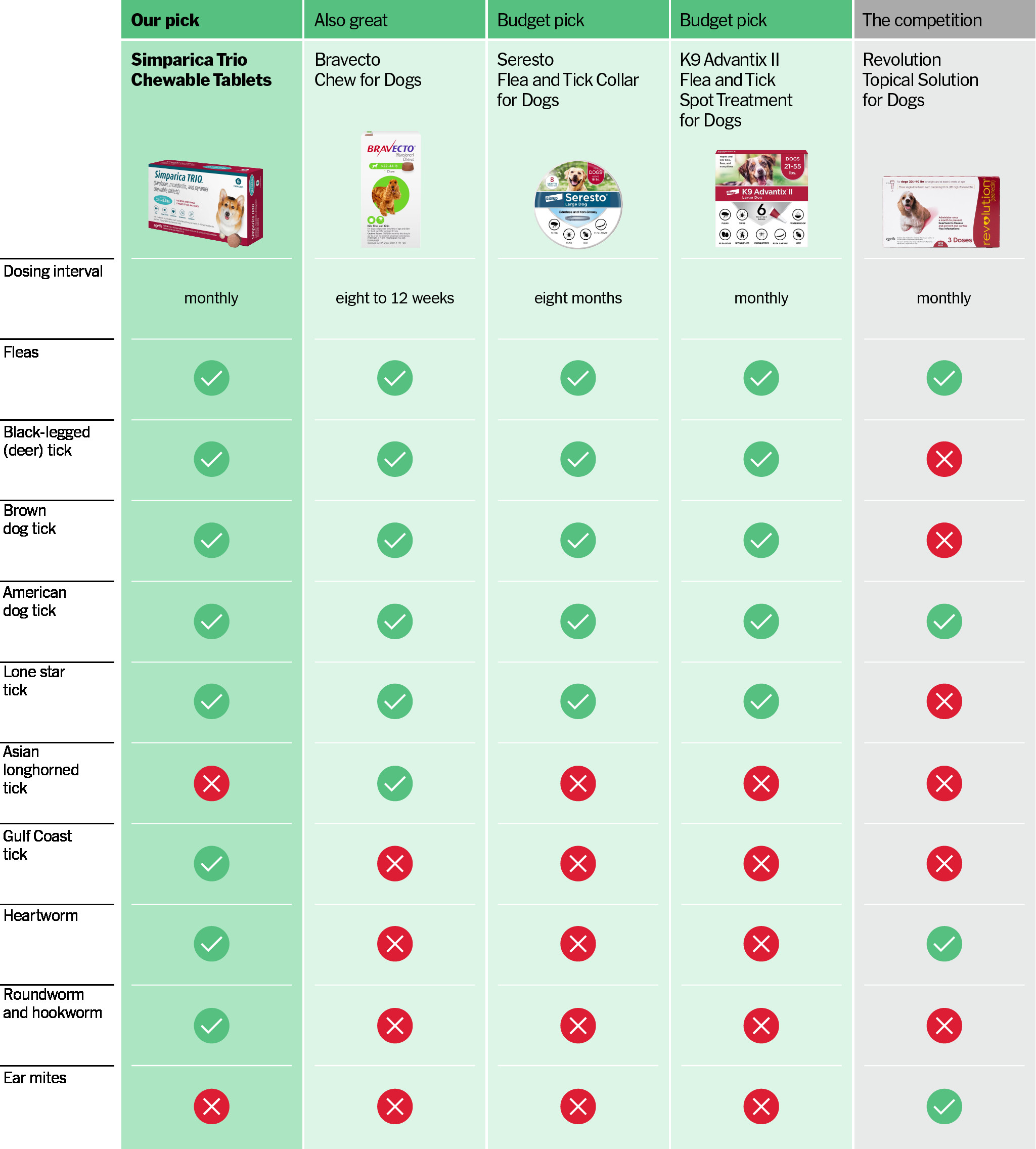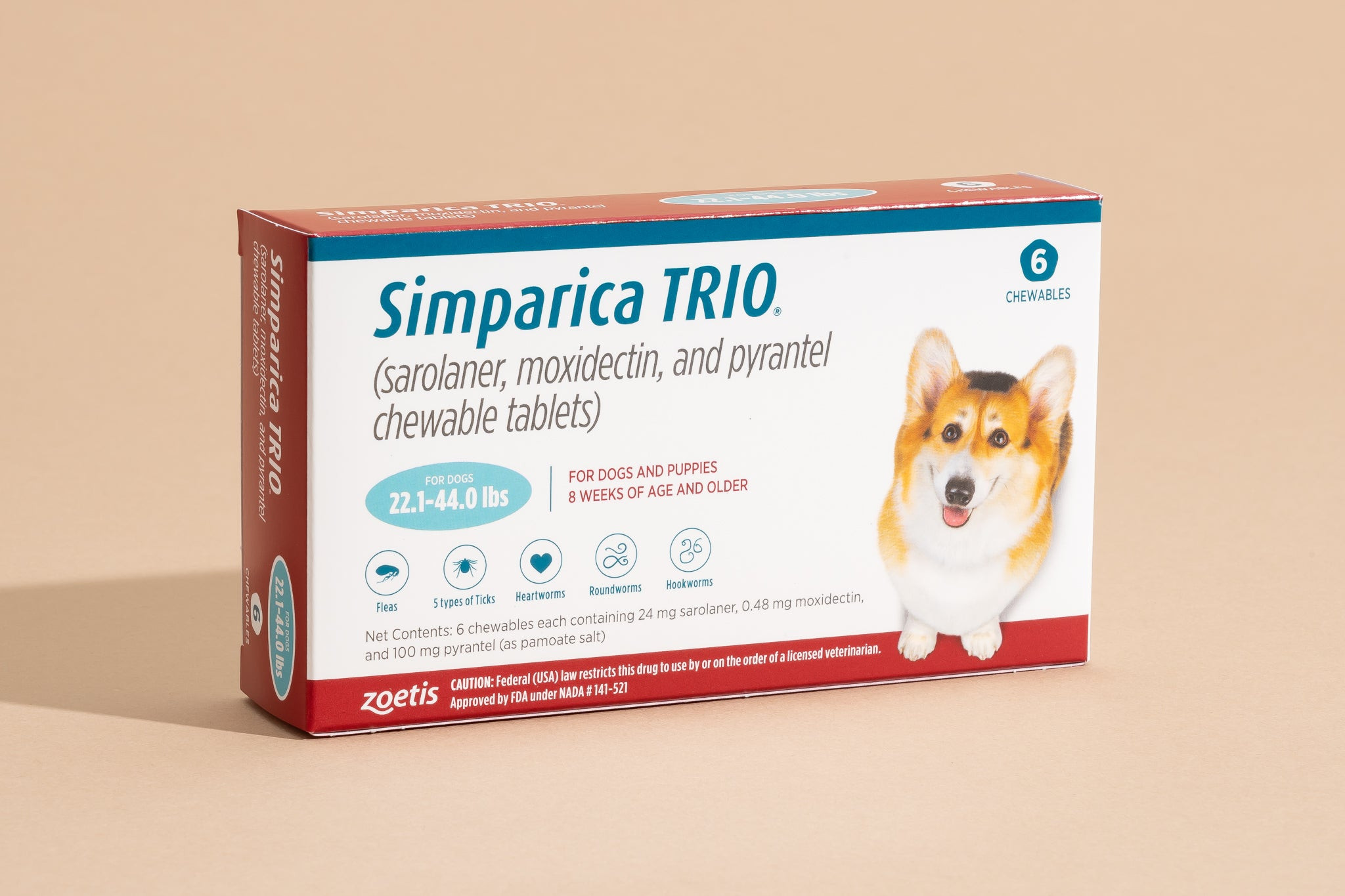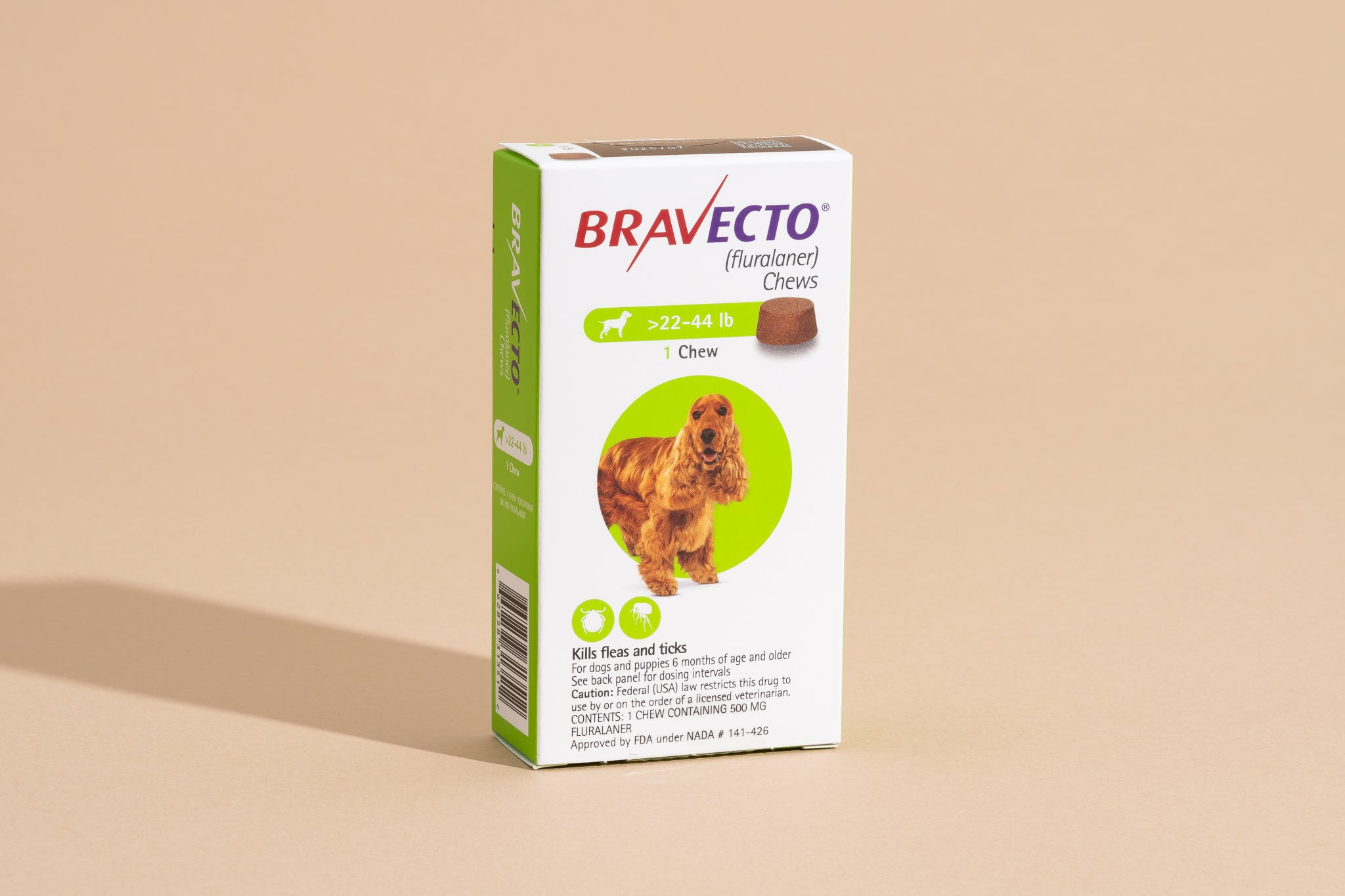Fleas are a common nuisance for cats, causing discomfort and potential health issues. Flea Drops For Cats are a popular and effective solution to combat these pesky parasites. This guide will explore everything you need to know about flea drops for cats, ensuring your feline companion stays healthy and happy.
Understanding Flea Drops for Cats
Flea drops, also known as topical flea treatments, are liquid medications applied to the back of a cat’s neck. They work by spreading through the cat’s coat, killing fleas and sometimes ticks and other parasites upon contact. These treatments are a convenient way to protect your cat from infestations.
 A chart comparing our treatment picks for dogs and the pests they help fight.
A chart comparing our treatment picks for dogs and the pests they help fight.
How Flea Drops Work
Most flea drops for cats contain insecticides that are safe for cats when used as directed but lethal to fleas. Common active ingredients include fipronil, imidacloprid, permethrin (use with caution in cats and never use dog permethrin products on cats), and newer generation chemicals like selamectin and dinotefuran. These ingredients disrupt the flea’s nervous system, leading to paralysis and death.
Some flea drops also contain insect growth regulators (IGRs) like methoprene or pyriproxyfen. IGRs prevent flea eggs and larvae from developing into adult fleas, breaking the flea life cycle and providing longer-lasting control.
Choosing the Right Flea Drops for Your Cat
Selecting the appropriate flea drops depends on several factors:
- Age and Weight: Always choose a product specifically formulated for your cat’s age and weight. Using a dog product on a cat can be dangerous, especially those containing permethrin. Kittens often require different formulations than adult cats.
- Specific Parasites: Consider what parasites you need to protect against. Some flea drops only target fleas, while others also protect against ticks, mites, and heartworms. If ticks are prevalent in your area, choose a product that covers ticks as well.
- Indoor vs. Outdoor Cat: Outdoor cats are generally at higher risk of flea and tick infestations and may benefit from stronger or broader-spectrum treatments. Indoor cats may require less intensive treatments, but prevention is still important as fleas can be brought into the home.
- Existing Health Conditions: If your cat has any underlying health issues, consult with your veterinarian before choosing flea drops. Some ingredients may not be suitable for cats with certain conditions.
- Ease of Application: Flea drops are generally easy to apply, but consider your cat’s temperament. If your cat is resistant to handling, choose a product with a quick and simple application method.
 A box of Simparica Trio Chewable Tablet for Dogs.
A box of Simparica Trio Chewable Tablet for Dogs.
Applying Flea Drops to Your Cat: A Step-by-Step Guide
- Read the Label: Carefully read and understand the product label instructions before application. Pay attention to dosage, application frequency, and warnings.
- Prepare Your Cat: Choose a calm and comfortable environment for application. Have treats ready to reward your cat after the process.
- Open the Applicator: Open the flea drop applicator as directed. Usually, this involves snapping off the tip or using scissors.
- Part the Fur: Locate the application site at the back of your cat’s neck, at the base of the skull, where they cannot easily lick it off. Part your cat’s fur to expose the skin.
- Apply the Drops: Squeeze the entire contents of the applicator tube onto the exposed skin. Avoid getting the liquid on the fur as much as possible for better absorption.
- Keep Your Cat Distracted: After application, distract your cat with play or treats to prevent them from licking the treated area until it dries.
- Monitor for Reactions: Observe your cat for any adverse reactions, such as skin irritation, excessive scratching, or lethargy. Contact your veterinarian if you notice any concerning symptoms.
Safety Precautions and Considerations
- Never use dog flea drops on cats: Dog flea treatments, especially those containing permethrin, are highly toxic to cats and can cause severe neurological damage or death. Always use products specifically labeled for cats.
- Keep treated cats away from other pets and children: Until the application site is dry, prevent treated cats from grooming other pets or coming into close contact with children.
- Store flea drops safely: Store flea drops out of reach of children and pets, in their original packaging, and away from food.
- Consult your veterinarian: If you are unsure which flea drops are best for your cat or if your cat has any health concerns, always consult with your veterinarian for personalized recommendations.
 A box of Bravecto Chew for Dogs.
A box of Bravecto Chew for Dogs.
Benefits of Using Flea Drops for Cats
- Effective Flea Control: Flea drops are highly effective at killing adult fleas and preventing infestations.
- Convenience: Topical application is generally easy and can be done at home.
- Long-lasting Protection: Many flea drops provide protection for 30 days or longer.
- Broader Parasite Coverage (in some cases): Some flea drops offer protection against ticks, heartworms, and other parasites in addition to fleas.
- Prevention of Flea-Borne Diseases: By controlling fleas, you reduce the risk of your cat contracting flea-borne diseases like tapeworms and flea allergy dermatitis.
Conclusion
Flea drops are a vital tool in maintaining your cat’s health and comfort. By understanding how they work, choosing the right product, and applying them correctly, you can effectively protect your feline friend from flea infestations and ensure a happy, healthy life. Always prioritize safety and consult with your veterinarian for the best flea control strategy for your cat.

